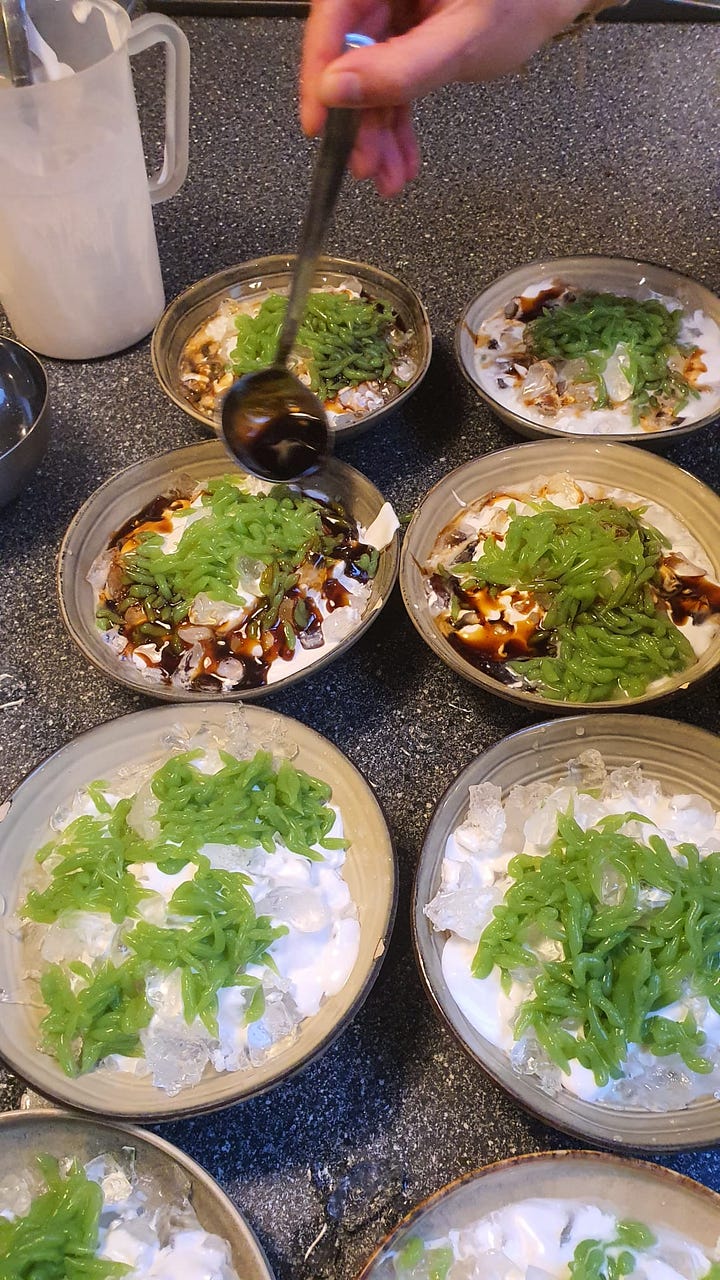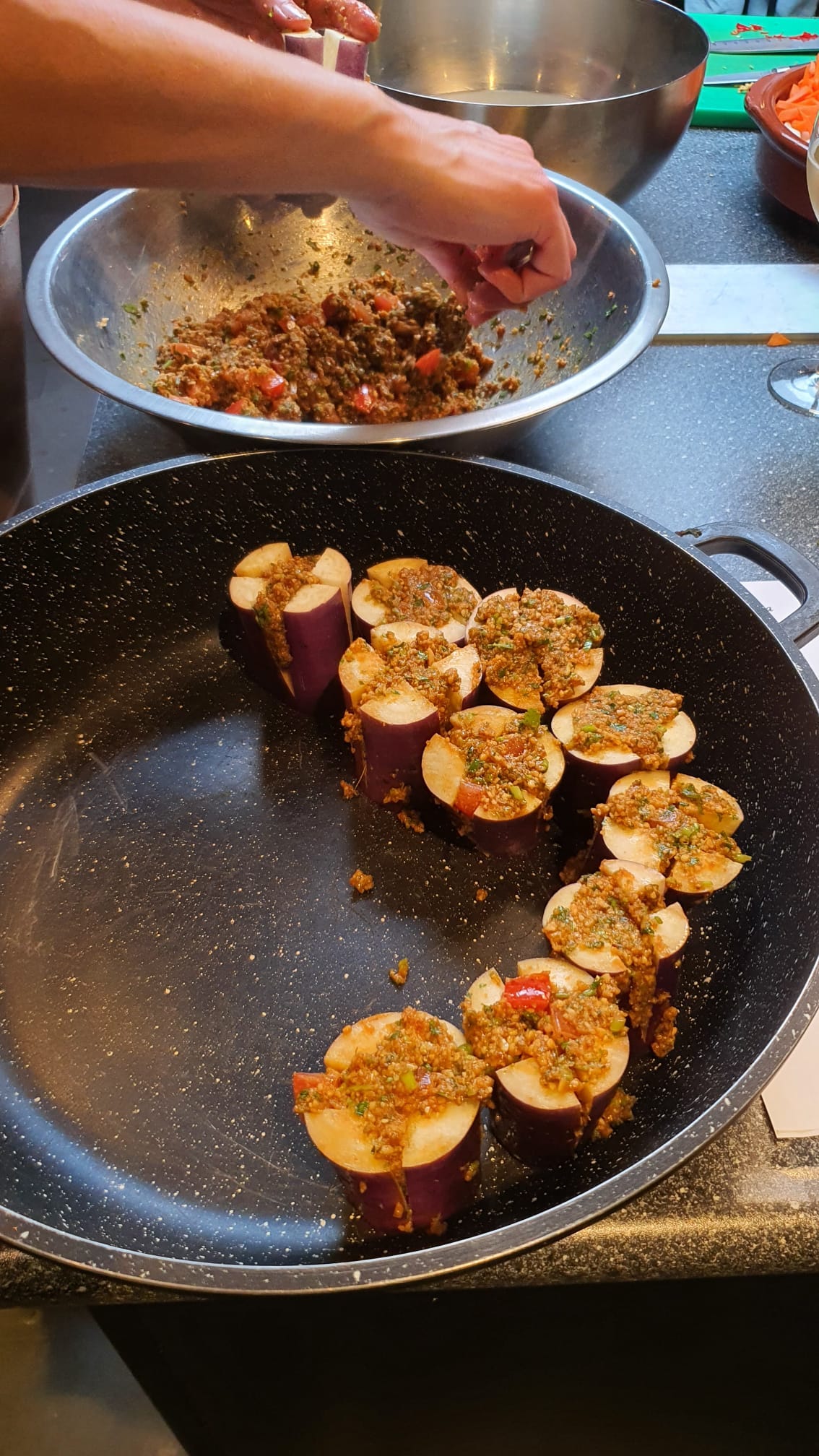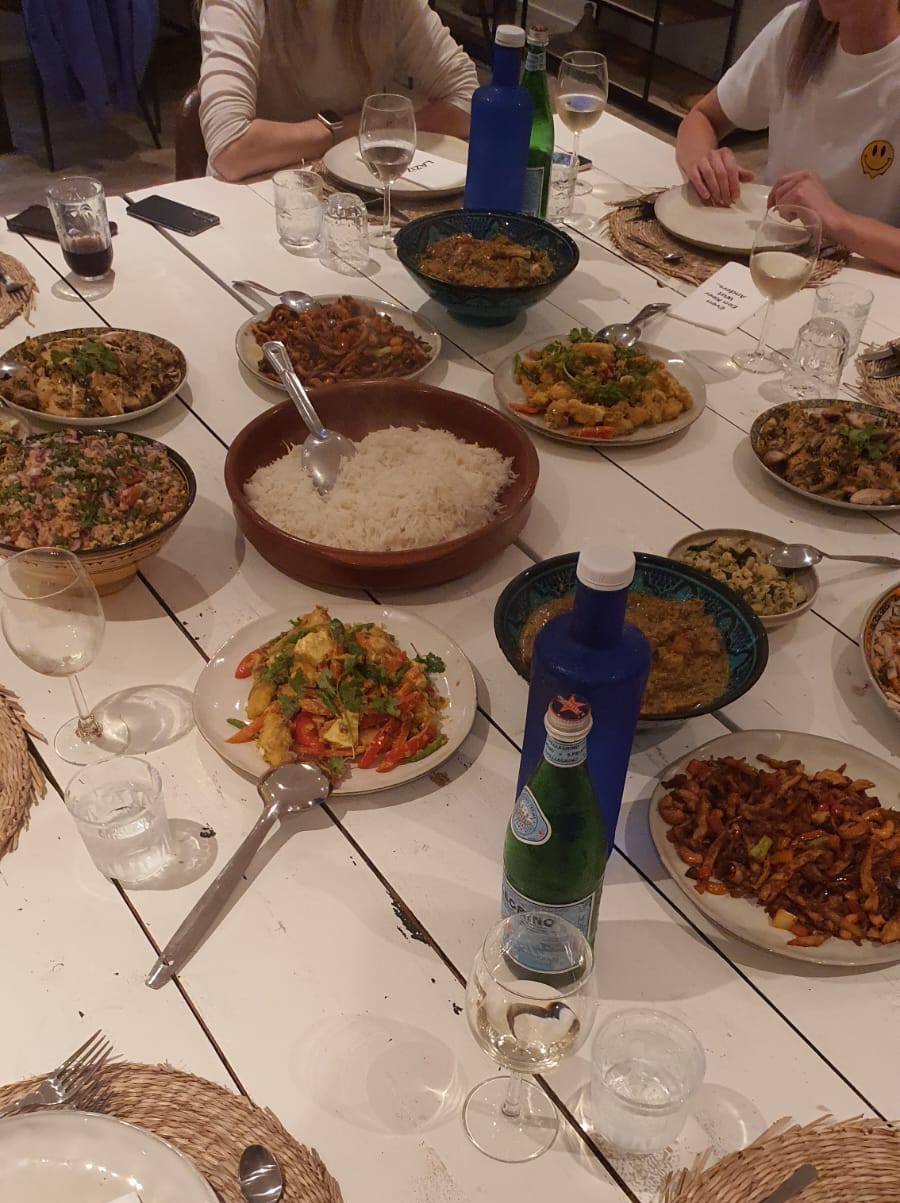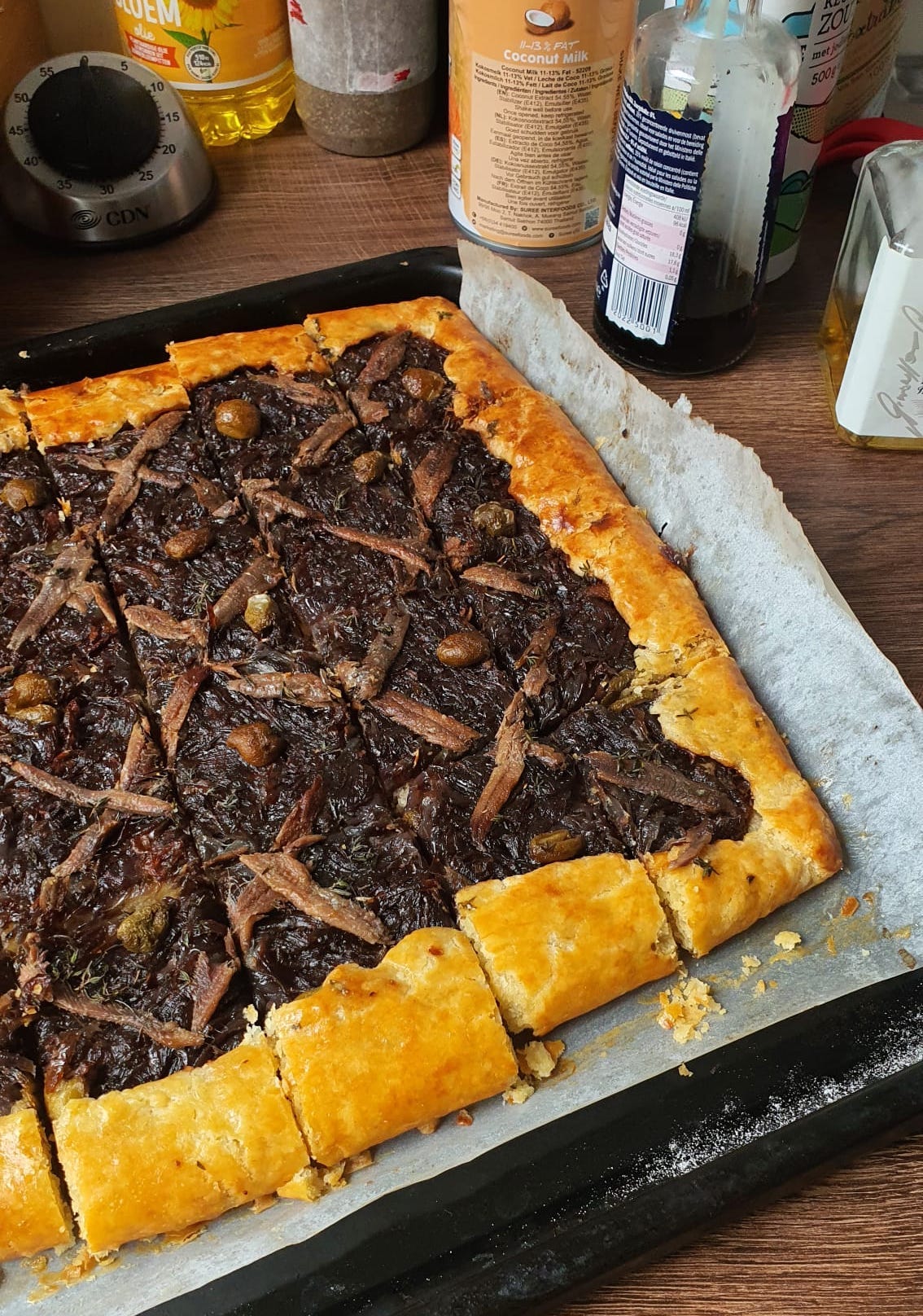It’s truly the best time of the year right now in the Netherlands. Everything’s lush and the sun’s out. Asparagus is the main theme and I experience instant regret whenever we skip a trip to the Saturday market. The realisation that we moved to the Netherlands this time last year struck me the other day. This has been our third move. Our first was when we moved from Singapore to Melbourne at 27, then came a move to the small country town named Daylesford at 29, then a third last year from Australia to the Netherlands at 32. It feels like our first two moves prepared us for our third - we know what it’s like being a “minority” (an uncomfortable but necessary experience), have tasted independence (something we might not have fully understood if we continued living in Singapore), and understand now that being a “local” comes with intentionality.
I recently started teaching cooking classes in the city in which we live, Breda. It’s a fascinating experience and a great foil to my work as a cookbook writer and recipe developer. Books and recipes tend to be written and developed in isolation, and it is only when you are in the kitchen with everyday cooks that you comprehend the struggles that readers face. One of my blindspots from having grown up in a multicultural city such as Singapore is assuming that everyone else eats as adventurously and diversely. This is simply not the case. Many locals whom I have met have never stepped into an Asian grocer; have never eaten tofu or tempeh; have no clue that the smaller the chilli, the hotter it is; or don’t even know what lemongrass is. I taught participants to make ondeh ondeh for dessert in my first class and, having never eaten anything remotely similar to mochi, one participant asked, with characteristic Dutch frankness, if the texture was a mistake. “It doesn’t seem to be fluffy or risen,” she said.
While it is challenging to tailor classes to locals while not watering down the spirit of dishes that I know and love, each session is an opportunity to understand the average cook better. For my most recent class, I chose a menu centered on recipes from my new book Plantasia: A Vegetarian Journey Through Asia. We made Kohlrabi and carrot salad (P. 27), Chayote paruppu poriyal (P. 59), Renghan reveya (P. 103), Egg bhurji (P. 143), Hot butter mushrooms (P. 149), Lemongrass tofu with chillies (P. 155), and ate this with basmati rice and gai yang (Thai grilled chicken). Being overseas, we had to make some substitutions and creative adjustments. The baby eggplants called for in the renghan reveya, for example, can be a real struggle to find outside of Asia, but we got around that by cutting a few long eggplants into sections before stuffing them with the spice and peanut mixture (see photo above).
It worked like a dream, and the resulting meal that everyone put together was a real success. The participants enjoyed the food so much that everyone took leftovers home with them. I managed to squirrel away some for Wex to taste and even he was impressed that the participants managed to put together dishes that tasted marvellously true to Asia.
One of my proudest moments during the class came when we made chendol (which I previously wrote about on this newsletter). While only one person was familiar with the dessert, everyone saw the similarities between chendol and spätzle (a type of pasta that is enjoyed in countries such as Germany and Austria) when the batter was extruded from the slotted spoon into ice water. While not everyone finished their chendol, they had genuine appreciation for the process and that’s all that’s needed for me to feel like the needle is moving. Some things take time.


On Sunday, we were invited to a friend’s house for a barbecue - our first in the Netherlands! While planning what to bring, I came across a New York Times’ article on black forest cake and recalled Singapore’s old-school cake shops. I decided on a black forest tiramisu, the twist being dark chocolate grated between the layers and some cherry compote over the ladyfingers. The funny thing is that I’d never considered black forest cake as something that’s close to Singaporeans’ hearts until I read the article, but when I spooned that first bite of tiramisu into my mouth, I swear it tasted like home.


[Below I’m sharing the recipe for the pissaladière that I took along to the barbecue, with the recipe for the black forest tiramisu, because one of my readers requested for it after seeing it on my IG. Brigette, this one’s for you!]
Black Forest Tiramisu
Makes 6 servings








